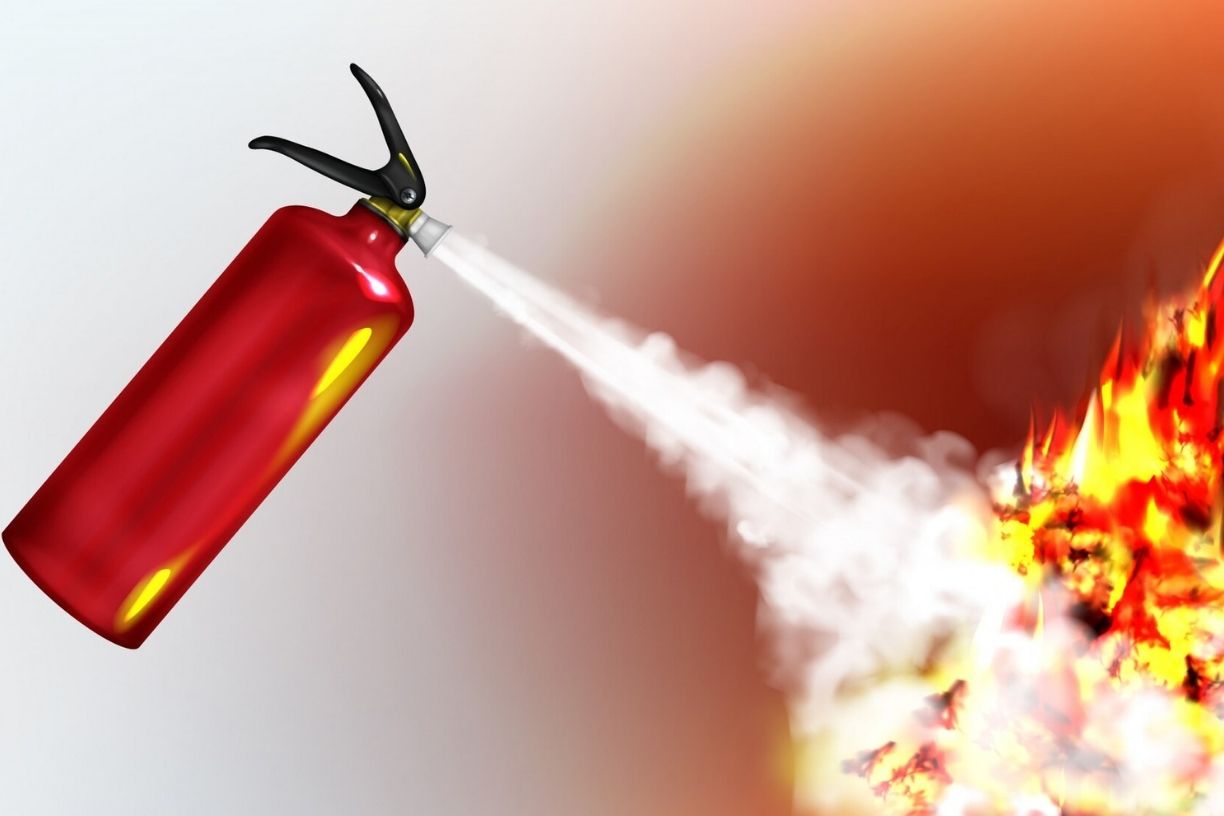How to Choose Fire Pumps and Booster Pumps?

Fire pumps are one of the fire equipment that provides water at the required pressure and flow rate to the installation in places such as residences, factories and industrial facilities with fixed pipe installations. Fire pumps can have different flow rates and head heights as horizontal shaft or vertical shaft, depending on the characteristics of the place where they are used. The pressure head in fire boosters is called meter water column (mss). It is important to choose the right product to provide the required flow rate and pressure in fire pumps.
In order to choose the right product, it is necessary to know very well the characteristics of the place to be used, the amount of water (flow rate) to be supplied to the system and the maximum height (mss) values to which the water will be pumped. Fire boosters consist of a combination of 2 or 3 pumps of the same value and features, depending on the characteristics of the place to be used, and a jockey pump with a flow rate of 10% of these pumps and a jockey pump 10 m above the nominal pressure.
Fire boosters differ depending on whether the pump to be used as backup is diesel or electrically assisted. While electrically supported fire boosters are used in residences and facilities with generators, diesel-supported fire boosters are preferred in residences and facilities without generators.
Vertical shaft fire boosters are preferred in places where the water reserve or tank is below the pump plane and suction will be made from the bottom. Horizontal shaft fire boosters are used in places where the water tank is on the same plane as the pump and horizontal suction will be made.

